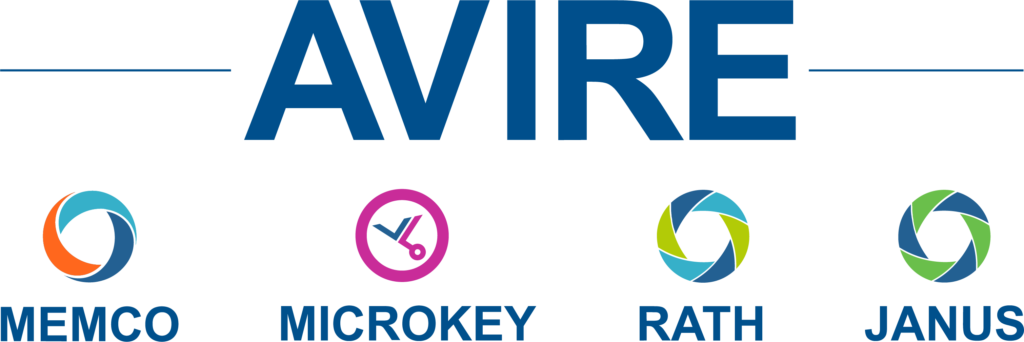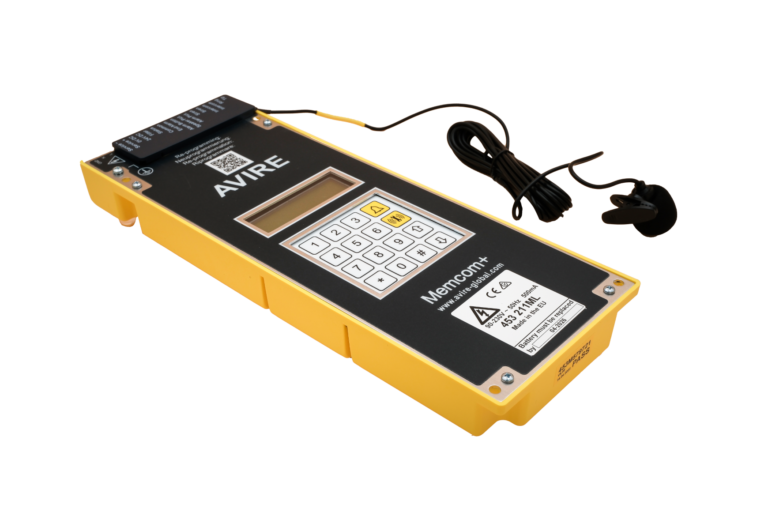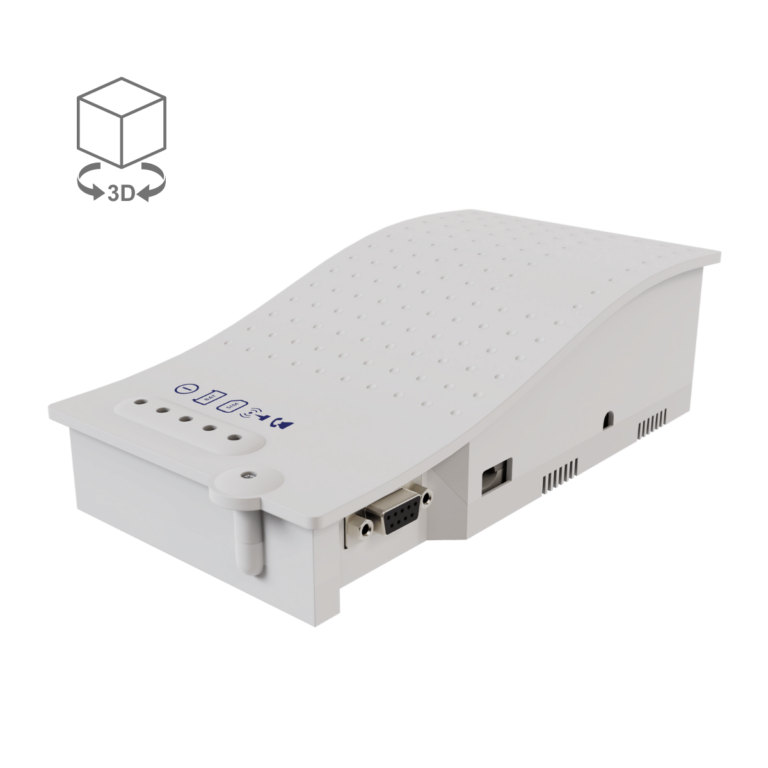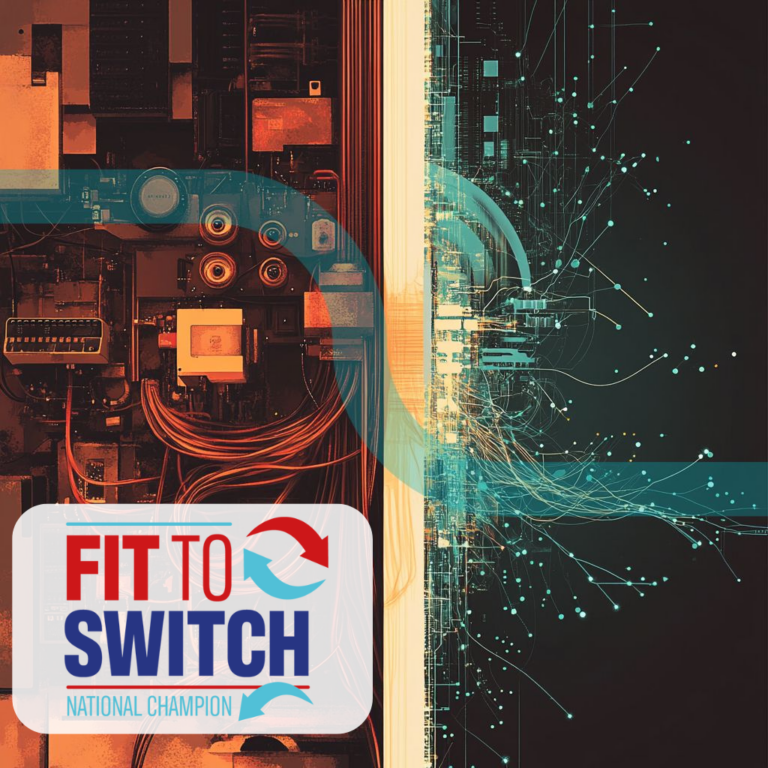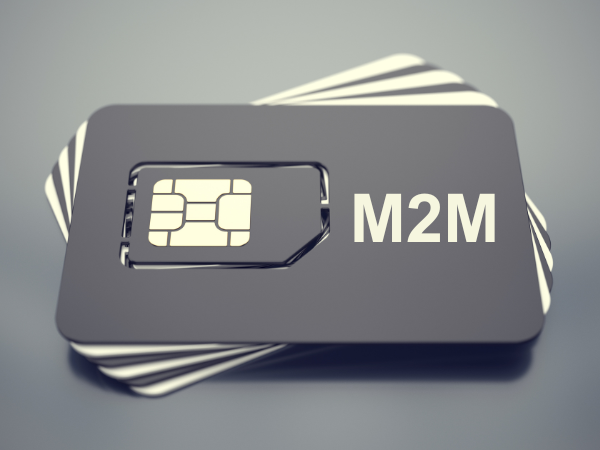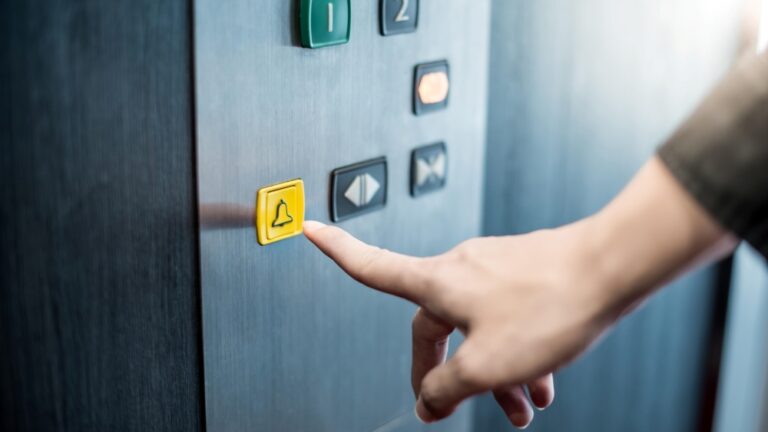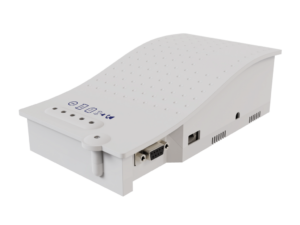
Lift Emergency Phones
EN 81-28
The EN 81-20 safety standards are part of building regulations that set out lift requirements for passenger and goods lifts. We review the minimum safety standards for lift emergency telephones in the UK.
Why was EN 81-20 needed to regulate lift safety requirements?
The lift safety standard was introduced to increase safety due to changes in proven technology and bring the requirements in line with modified EU directives. It also eliminated the separate standards for hydraulic lifts and introduced the requirement for risk analysis and compliance.
Some of the issues the new standard aimed to address include increased strength of doors, car, and well, improved lighting in the lift car, stopping people being able to exit the car if it stopped between floors, improved materials such as flameproof materials and safety glass, increased refuge space, increased refugee space in the pit and more headroom, and improvements to the lift emergency telephones to ensure passengers are able to summon help in the event of a breakdown.
EN 81-20 lift safety requirements
The EN 81-20 safety requirements were introduced in 2017 and apply to all new lifts. They cover all aspects of lift safety, including lighting, material strength, flameproofing, and refuge space.
The EN 81 series covers different aspects of lift safety. EN 81-20 is the overarching standard, covering safety rules for the construction and installation of lifts that transport people and goods. The rest of the EN 81 series covers specific safety measures, such as the standards for lift light curtains (EN 81-20) and accessibility standards, including for persons with a disability (EN 81-70).
The regulations that set standards for lift emergency telephones are contained in EN 81-28, introduced in 2003, and updated in 2018.
What are the EN 81-28 standards for lift emergency telephones?
The EN 81-28 standards regulate the remote alarm system for passenger and goods lifts. Sometimes known as emergency telephones, autodiallers, tele-alarms, or lift phones, these systems enable passengers to summon assistance if they are trapped in a lift due to a fault.
Lift emergency telephone for passengers and engineers
To stay compliant with EN 81-28, the lift emergency phone must be available to anyone trapped. In addition to lift passengers, this also applies to lift engineers when they are on the top of the car, in the pit (the base of the lift shaft underneath the lift), or in the lift motor room, depending on the lift motor room access.
Lift emergency telephone battery requirements
The lift safety standards mandate that emergency communications equipment have sufficient power backup to last one hour on standby, with a minimum of 15 minutes of talk time, in the event of a power failure. In the interest of passenger safety, AVIRE recommends doubling the talk time.
Lift emergency telephone 3-day test calls
A test call must be made every three days to ensure the lift alarm system is working properly, proactively identify and fix faults, and reduce the risk of malfunctions.
The test call is initiated using the alarm equipment in the lift, which dials into a receiver – generally a software platform – that records the test call. During this call, the emergency lift telephone will provide information on the speaker, microphone, and battery status. A record of the test call is kept to show compliance with regulations, and that all required steps were taken to ensure passenger safety. This record may be required in the event of a lawsuit.
Pictograms for hearing-impaired passengers
Illuminated symbols enable hearing-impaired passengers to understand the status of their alarm call. When the alarm button is pressed, the yellow pictogram signals that the lift emergency system is placing a call. The yellow pictogram stays on once the alarm has been answered, and a green pictogram of a person speaking is shown.
The green light goes off when the voice call is over. The yellow light stays on until the end of the alarm signal is sent back to the emergency phone, signalling the trapping has been dealt with.
Lift emergency telephone standby and alarm status – protecting passenger privacy
Pressing the alarm button puts the alarm equipment from standby into alarm status. During this time, the rescue company can dial in and speak to the trapped passengers in the lift.
When the entrapment is over, and the passengers are freed, the emergency telephone system must be put back into standby status to prevent someone from calling into the lift car and listening to passenger conversations. The yellow bell pictogram signals to passengers that the alarm is still active, and third parties can hear their conversations.
Flashing pictograms indicate a fault in the lift emergency telephone system
If a 3-day test call fails, EN-81 28 regulations stipulate that the pictograms must flash to signal to lift users that there is a problem with the emergency alert system – either the hardware or the connection to the rescue company. The lights will continue flashing until the next successful test call is completed.
The EN 81-20 lift standards and requirements for lift emergency telephones in older lifts
While the EN 81-20 lift standards do not apply to older lifts, the industry has adopted these safety standards to increase safety and reduce lift damage. Property owners who upgrade their lift safety systems to meet the new requirements will increase the value of their property while increasing passenger safety.
How to ensure your building meets EN 81-28 lift safety requirements
It can be challenging to keep track of changes to lift safety requirements. That’s why our mechanics and engineers are trained comprehensively on all safety standards and can help plan lifts for a new property or upgrade existing lifts to be fully compliant with EN 81-28.
Going beyond the minimum safety requirements of EN 81-20
All MEMCO products comply with EN 81-20 regulations, and many of our solutions go well beyond the minimum safety requirements.
For example, the leading cause of lift failure is door damage caused by someone inserting an object between the doors to stop them from closing. A more advanced lift light curtain can alert the lift owner to obstructions or damage that may cause non-compliance with lift safety legislation.
Digital lift monitoring solutions via the AVIRE Hub make it easy to comply with monitoring requirements and the 3-day test calls.



